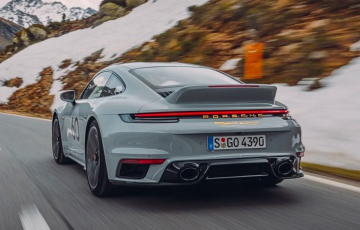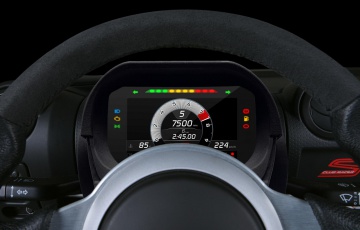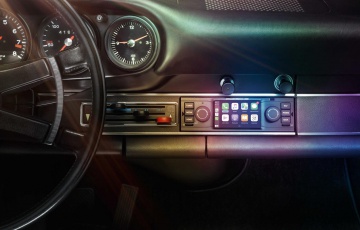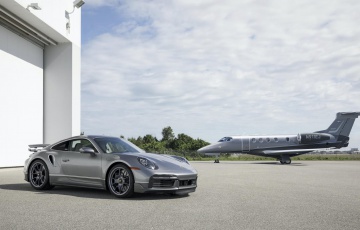Bells & Whistles : Porsche 911 GTS Drive [review]
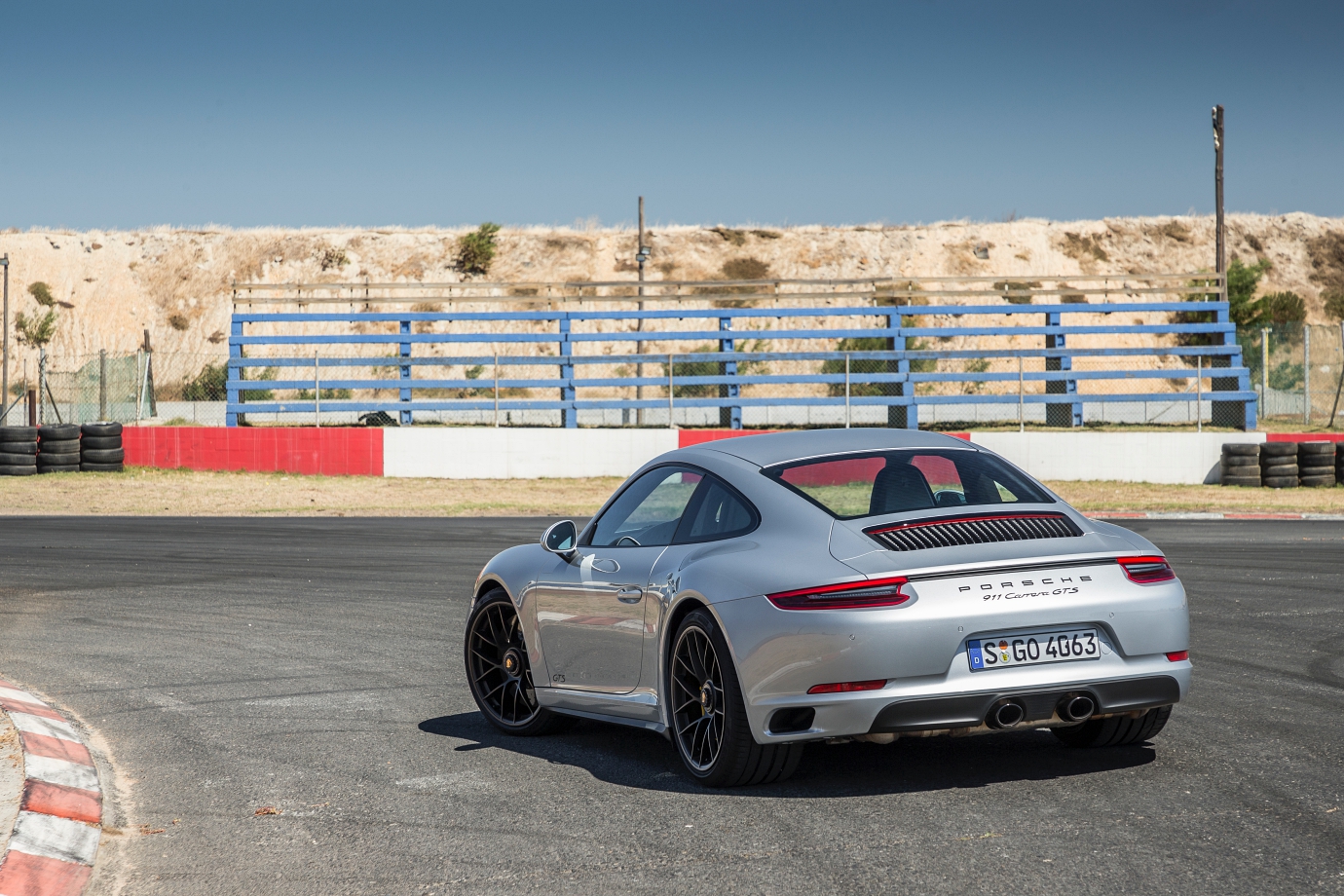
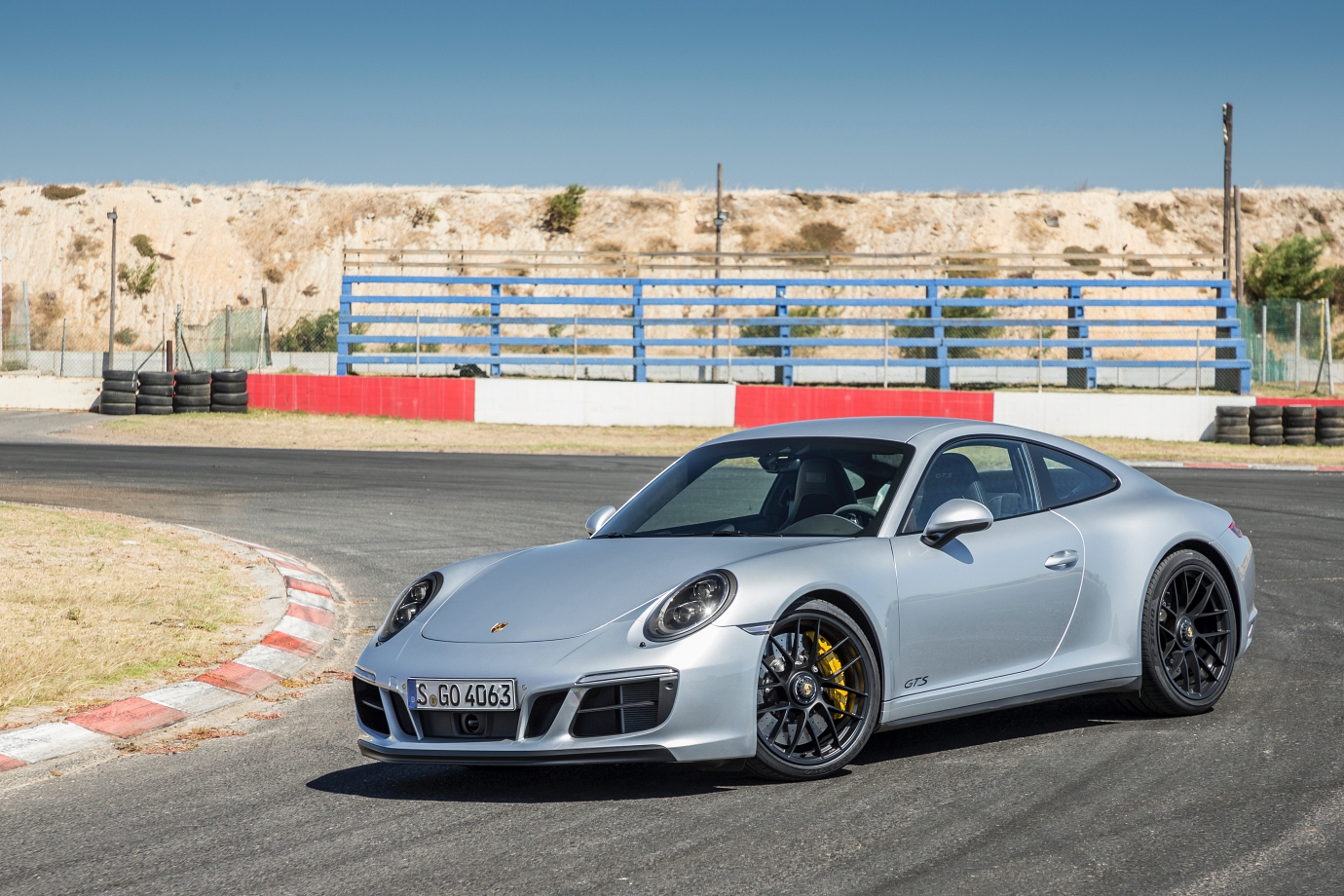
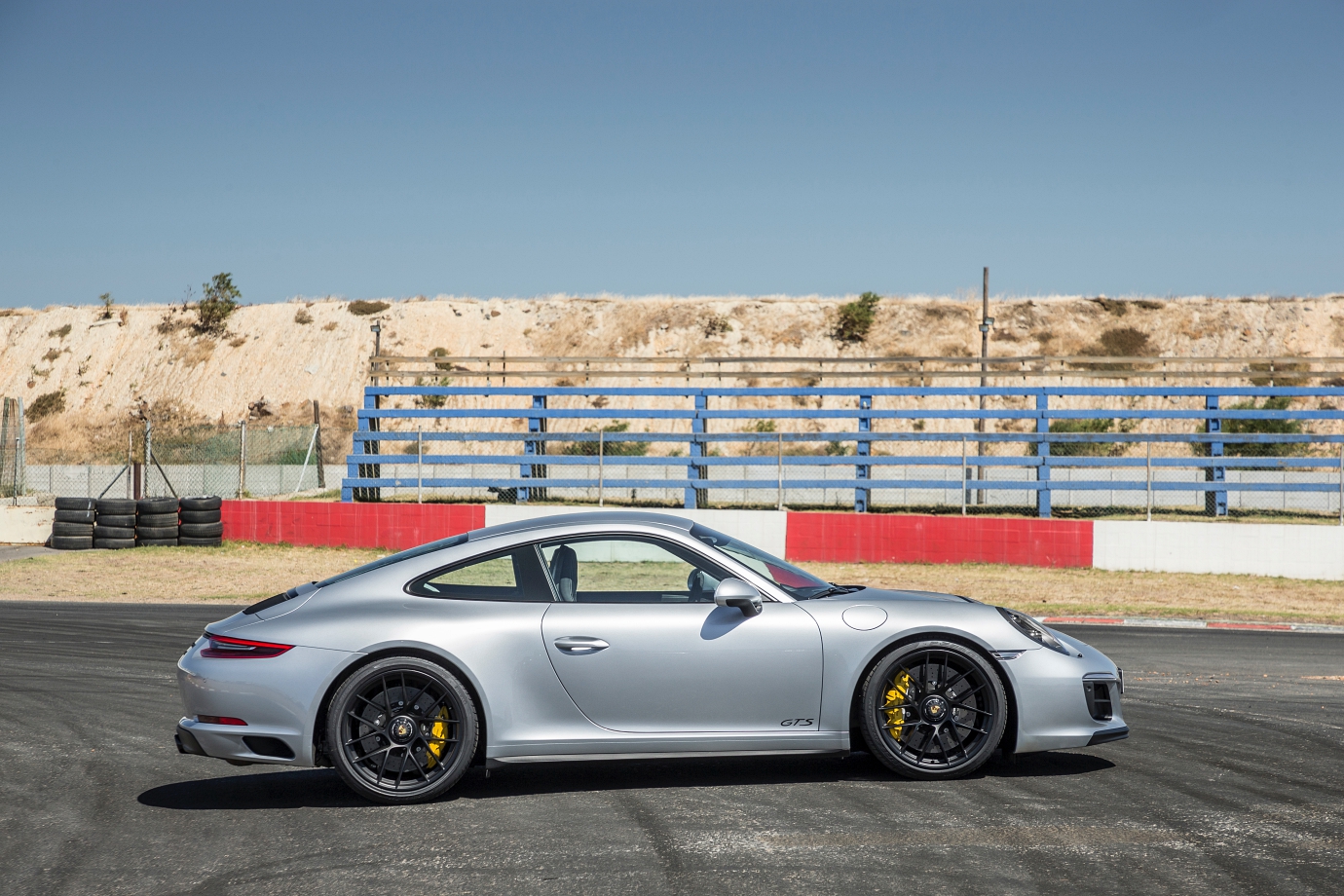
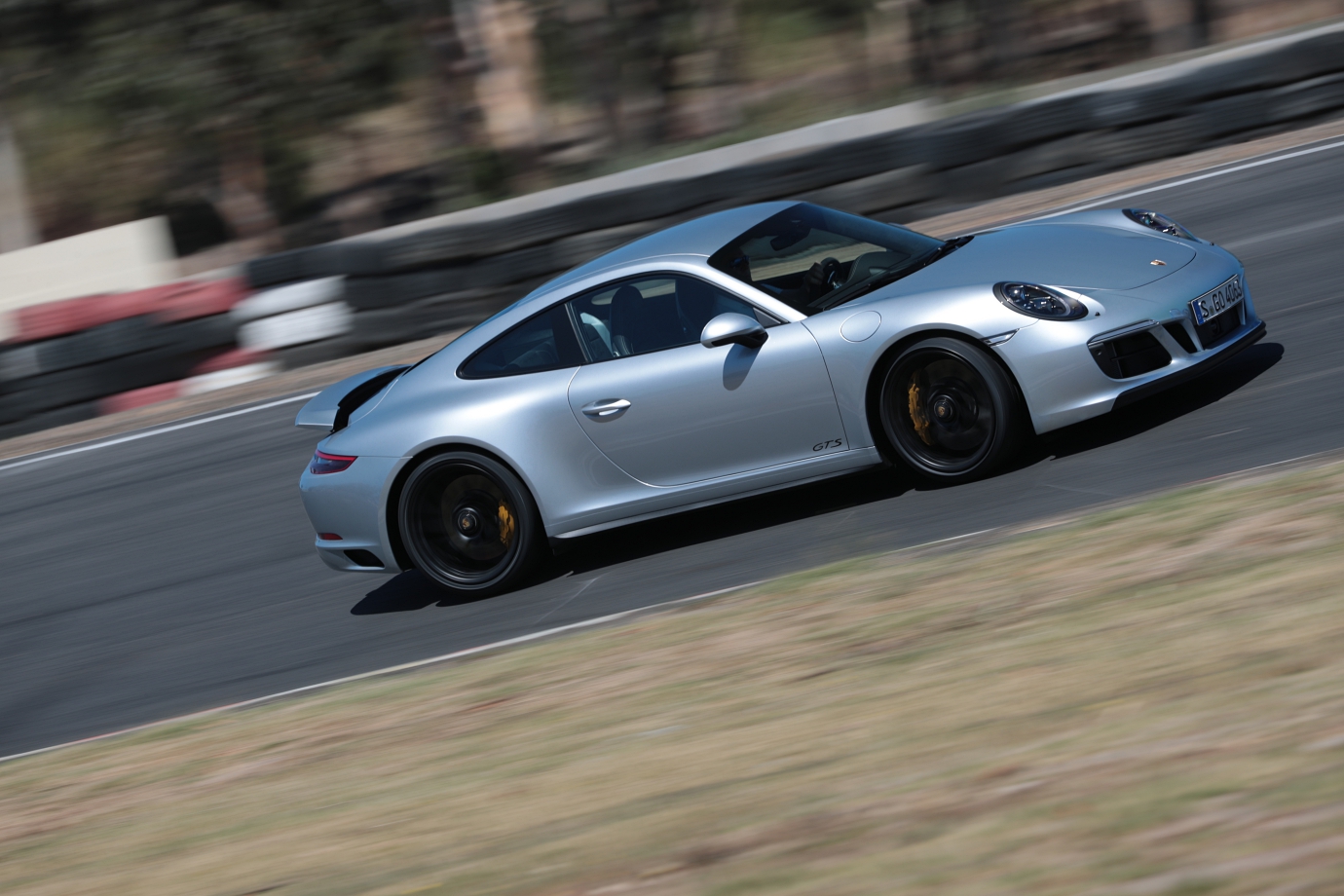
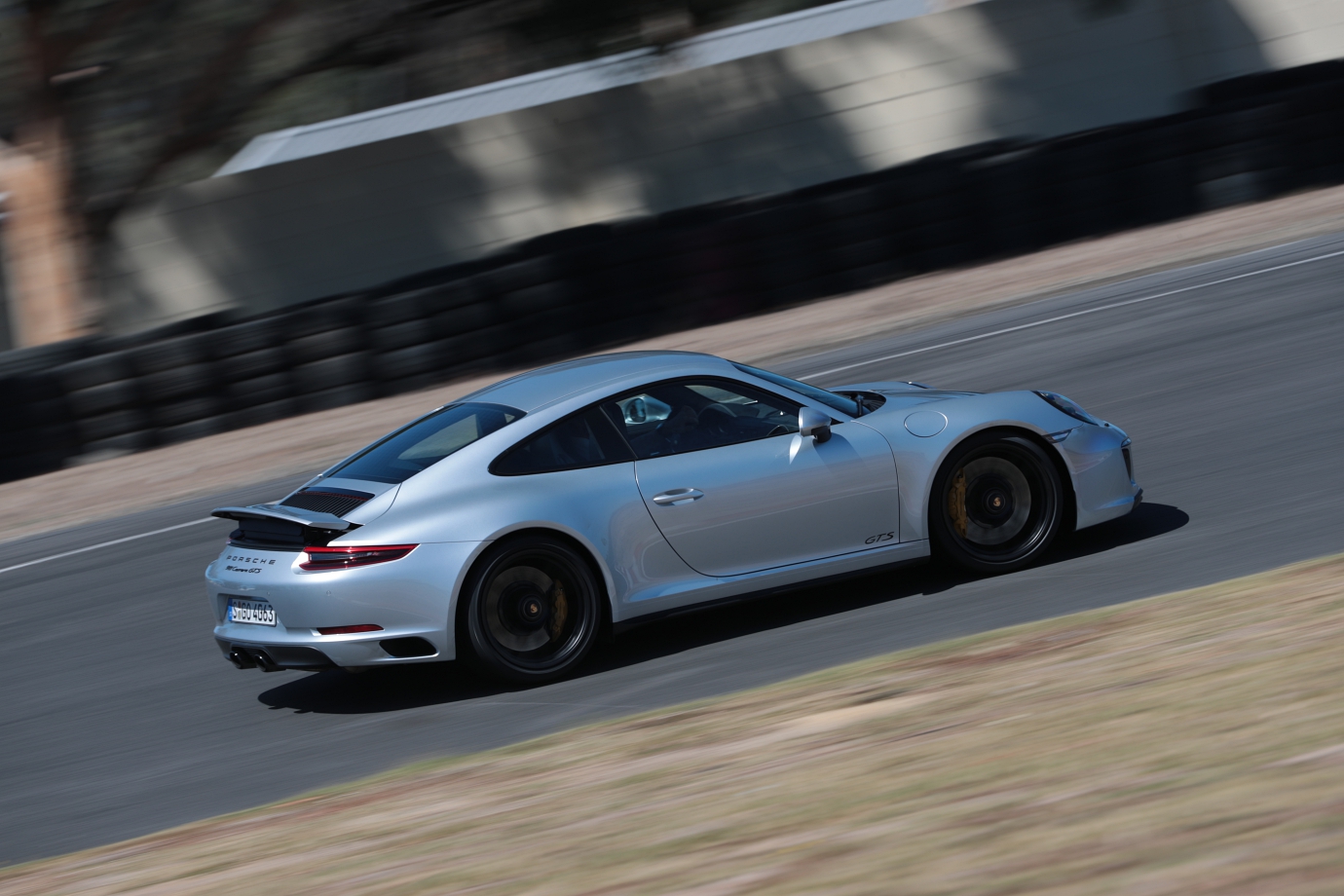
Porsche 911 GTS Drive Review : Bells & Whistles
Cape Town, South Africa – By now, 911 enthusiasts know that if they’re prepared to wait a little longer, a ‘GTS’ model will come along eventually.
Well, maybe not just the 911, because every model in the Porsche line-up, from Boxster/Cayman to Macan/Cayenne/Panamera and the 911, eventually gets the ‘GTS’ treatment – anoraks might like to learn that the GTS model of recent times only made its debut with the first gen Cayenne, before making its first appearance in a 911 with the 997.2.
As far as the 911 is concerned, despite the ‘GT’ in its moniker, the GTS isn’t a full-contact MMA warrior like the Porsche Motorsport-fettled 911 RS, GT3 and Cayman GT4 variants; instead, it was created to bridge the gap between C2S/C4S and the GT models, especially for owners who expect to spend some time on the race-track.
Today, in addition to rear- and all-wheel-drive 991.2 coupe and cabriolet guises, the GTS is also available as a Targa 4 GTS. Due to its sporty persuasion, the GTS is spec’d with all the go-faster goodies that are cost-optional for the regular S (such as sports exhaust and the Sport Chrono Package for instance), as well as a load of black bits and sporty Alcantara trim in one convenient ‘bundle’ that costs less than specifying all the extras on the C2S.
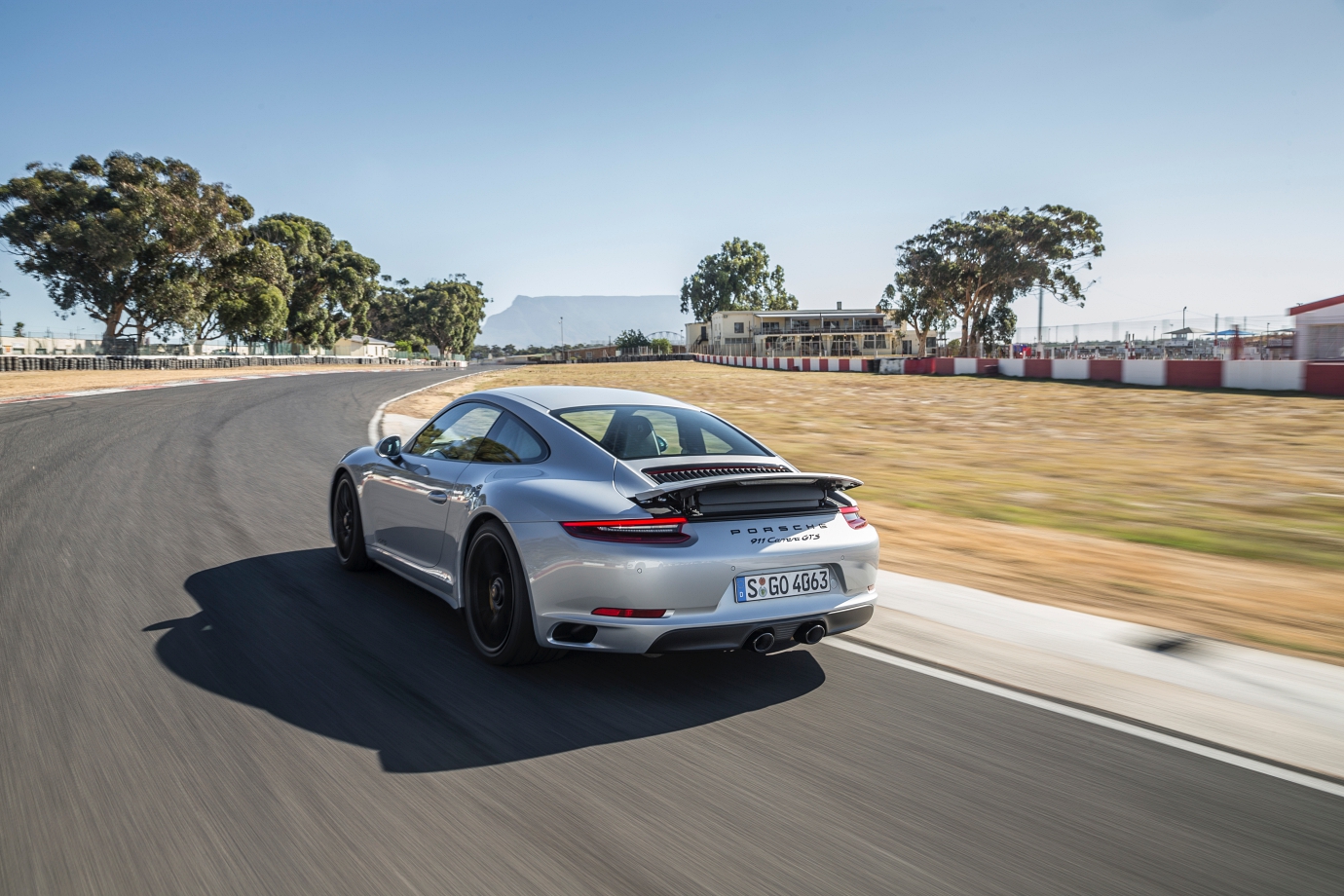
Although the C4/Targa 4 GTS models already feature the C4’s wide-body as standard, the Carrera also enjoys this ‘upgrade’ in ‘GTS’ guise, and this is probably the most distinctive feature over the regular rear-driven C2S model’s standard narrow-body, in addition to the SportDesign front apron with its bigger air-dams, wing mirrors and centre-lock satin black wheels.
For the C2 GTS, the 44mm broader rear track from the wide-body isn’t just for style, because this helps reduce lateral body movement for even better cornering stability.
We personally think that 911s are best enjoyed in rear-drive guise, well, that is unless you live in a region that sees slippy road conditions nine months out of the twelve and you need the security of all-wheel drive, but that’s not quite what we get in Singapore, is it?
If you readily take to comparing ‘Ring times and paper stats, you’ll probably not appreciate a car as holistic as the GTS, because the gains as far as engine performance is concerned – with the higher boost (1.25bar) and newly developed turbos – are relatively modest (+30hp/+50Nm); in other words, nothing you can’t obtain by specifying a stock C2S with a Powerkit.
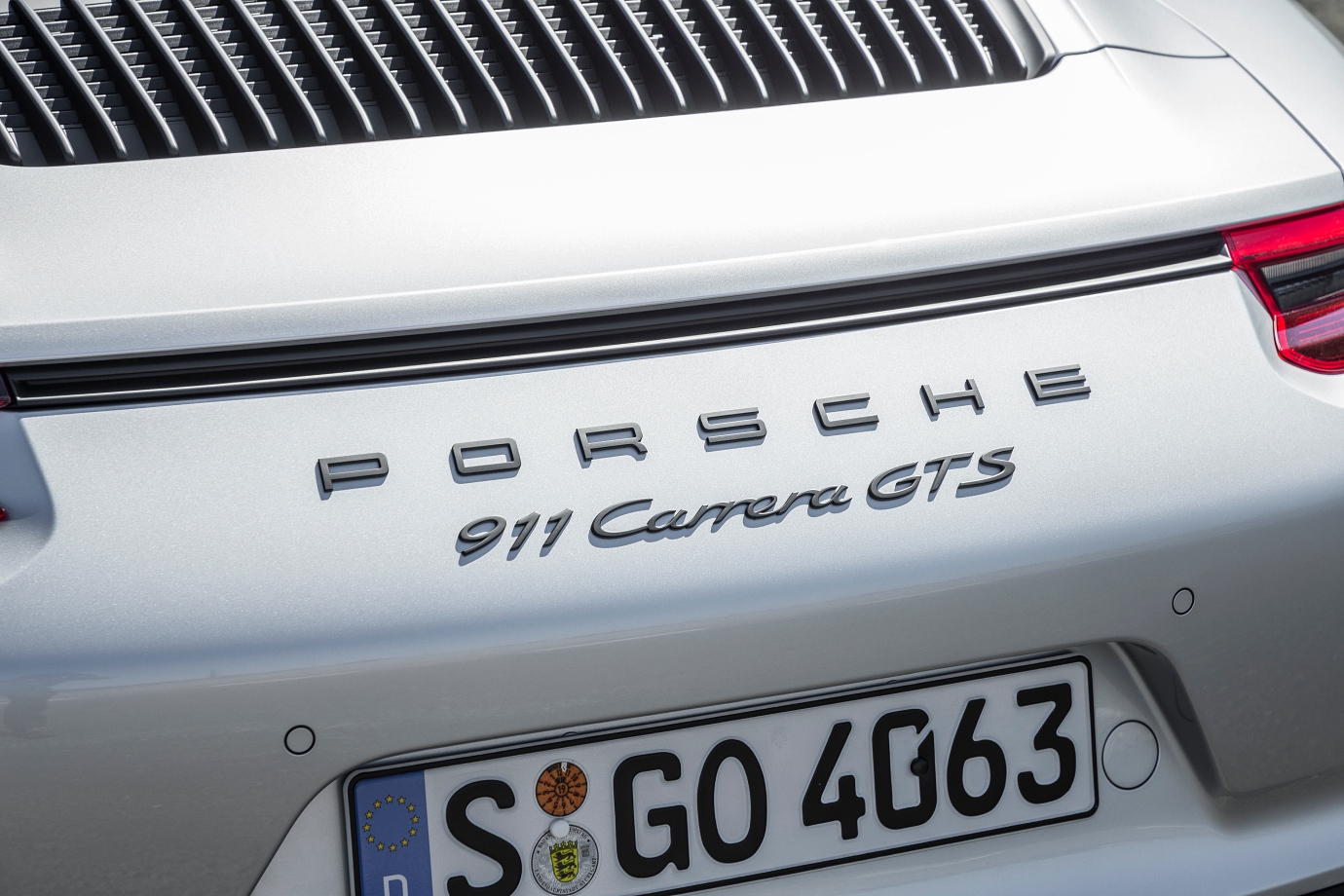
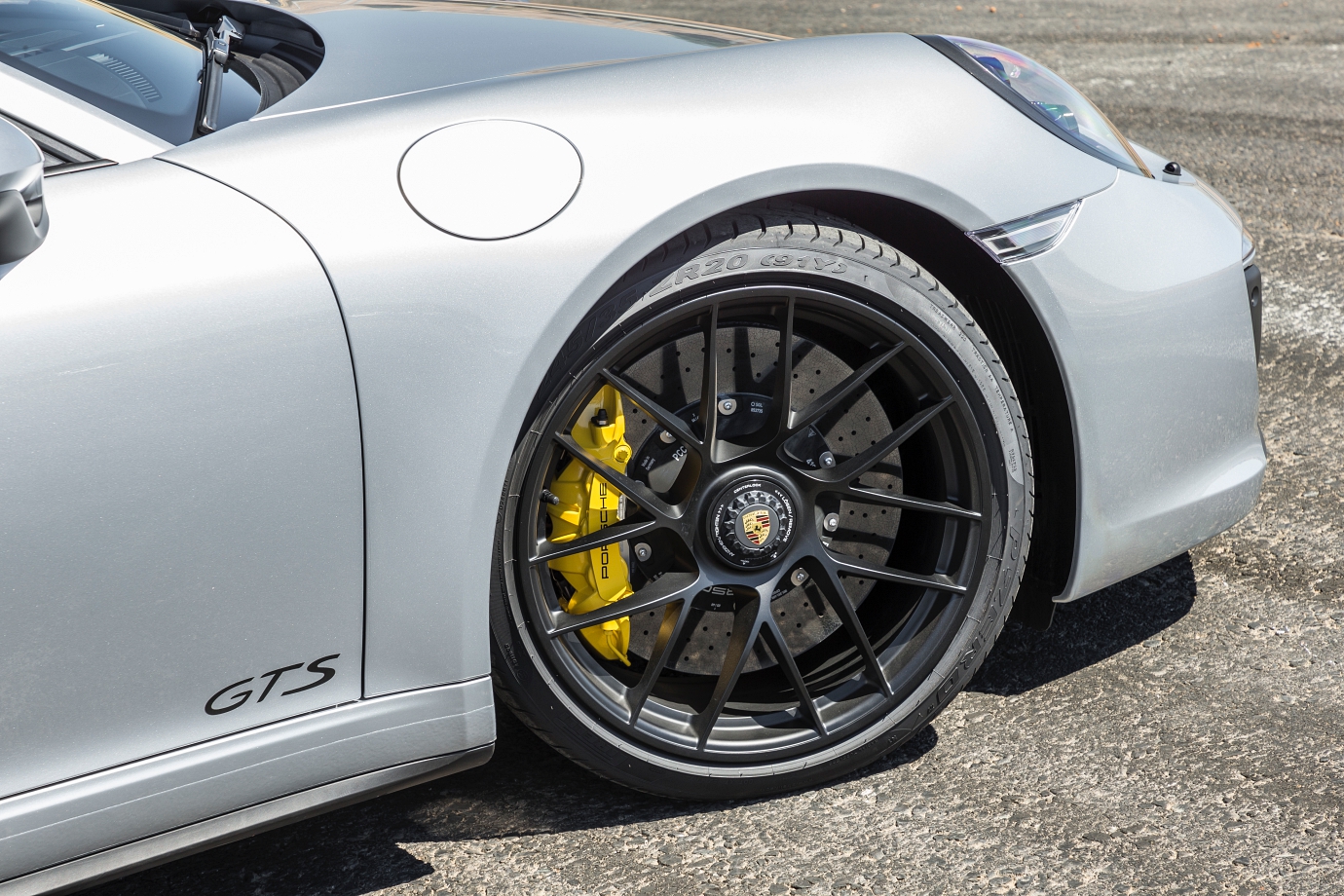
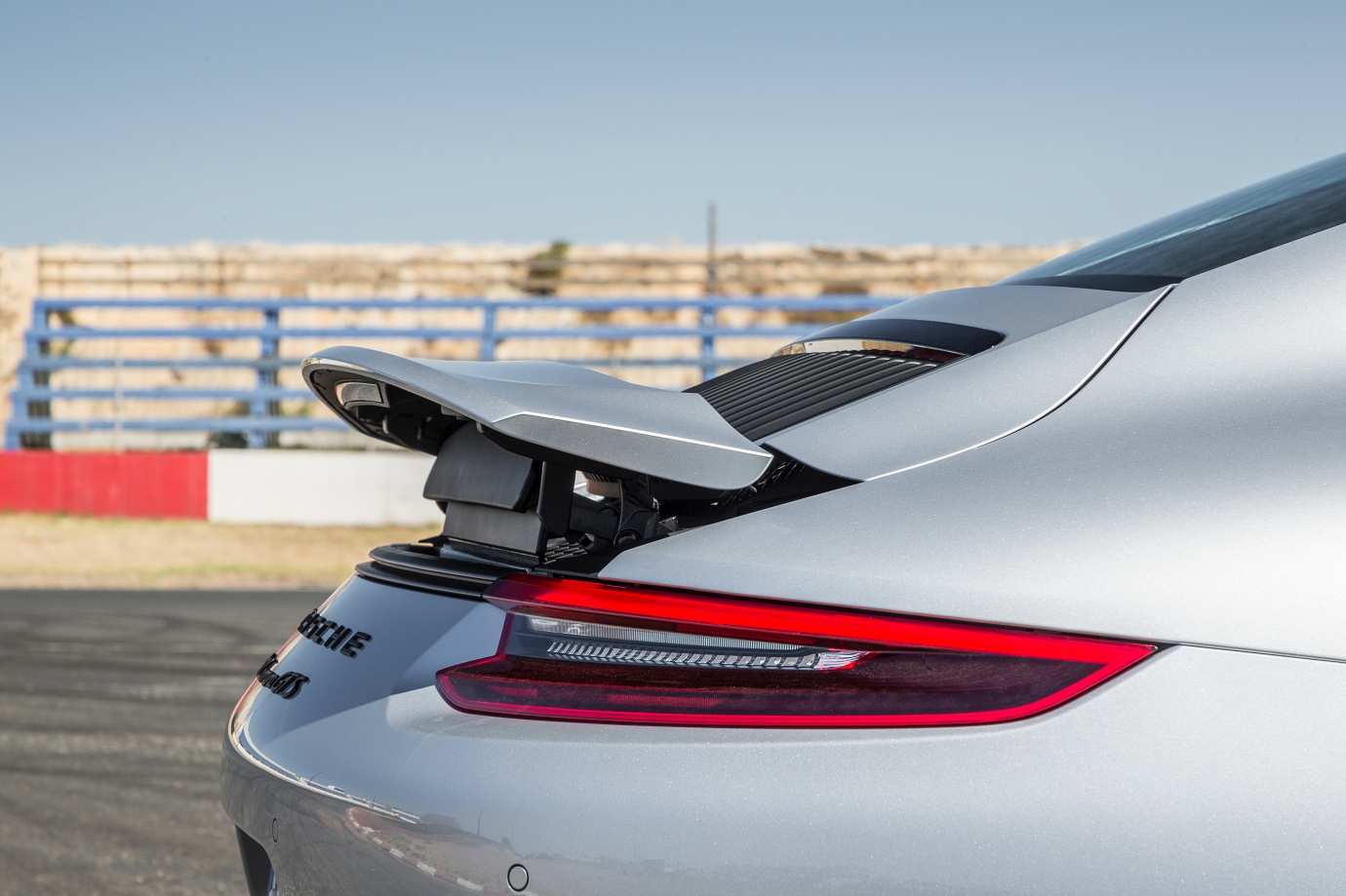
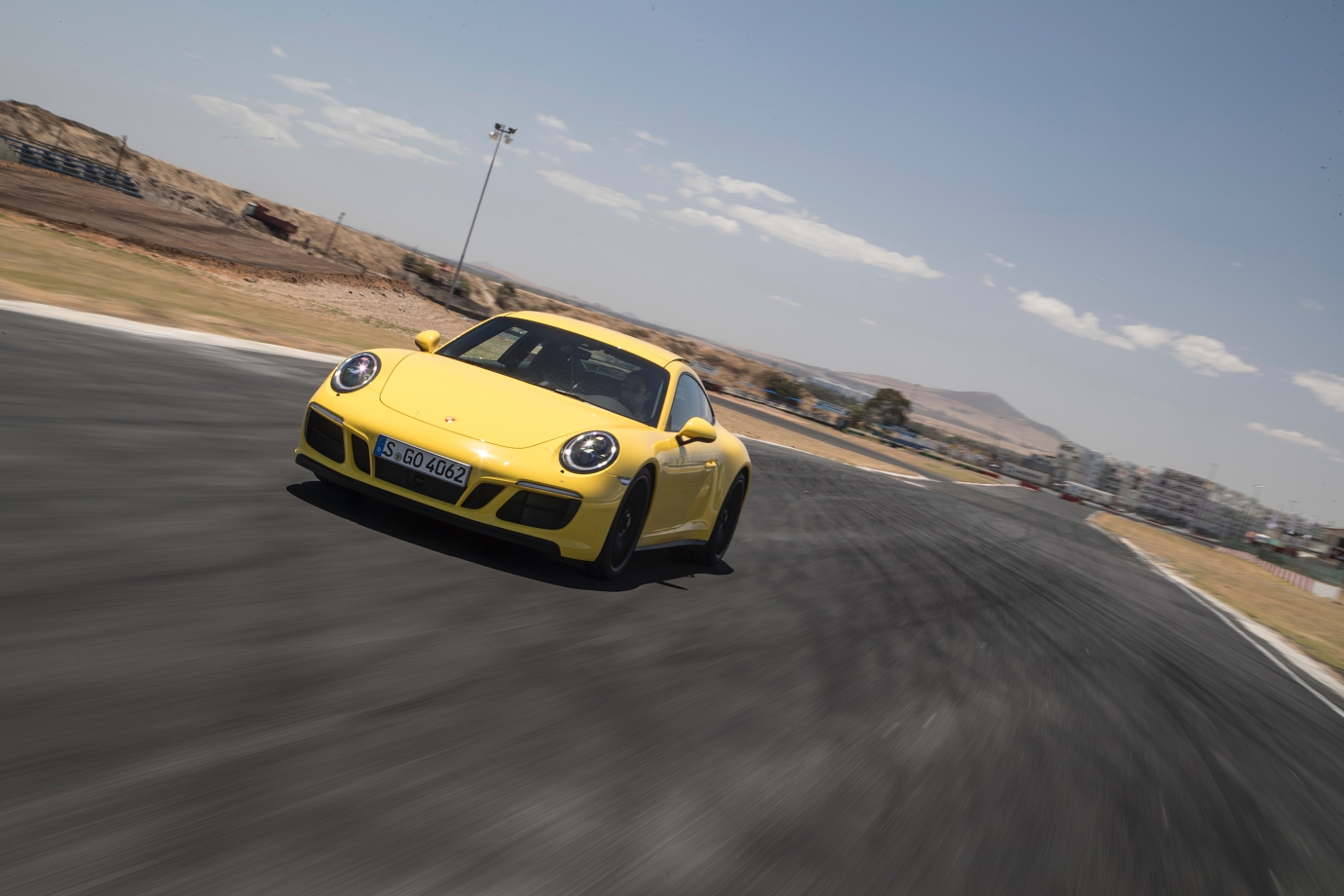
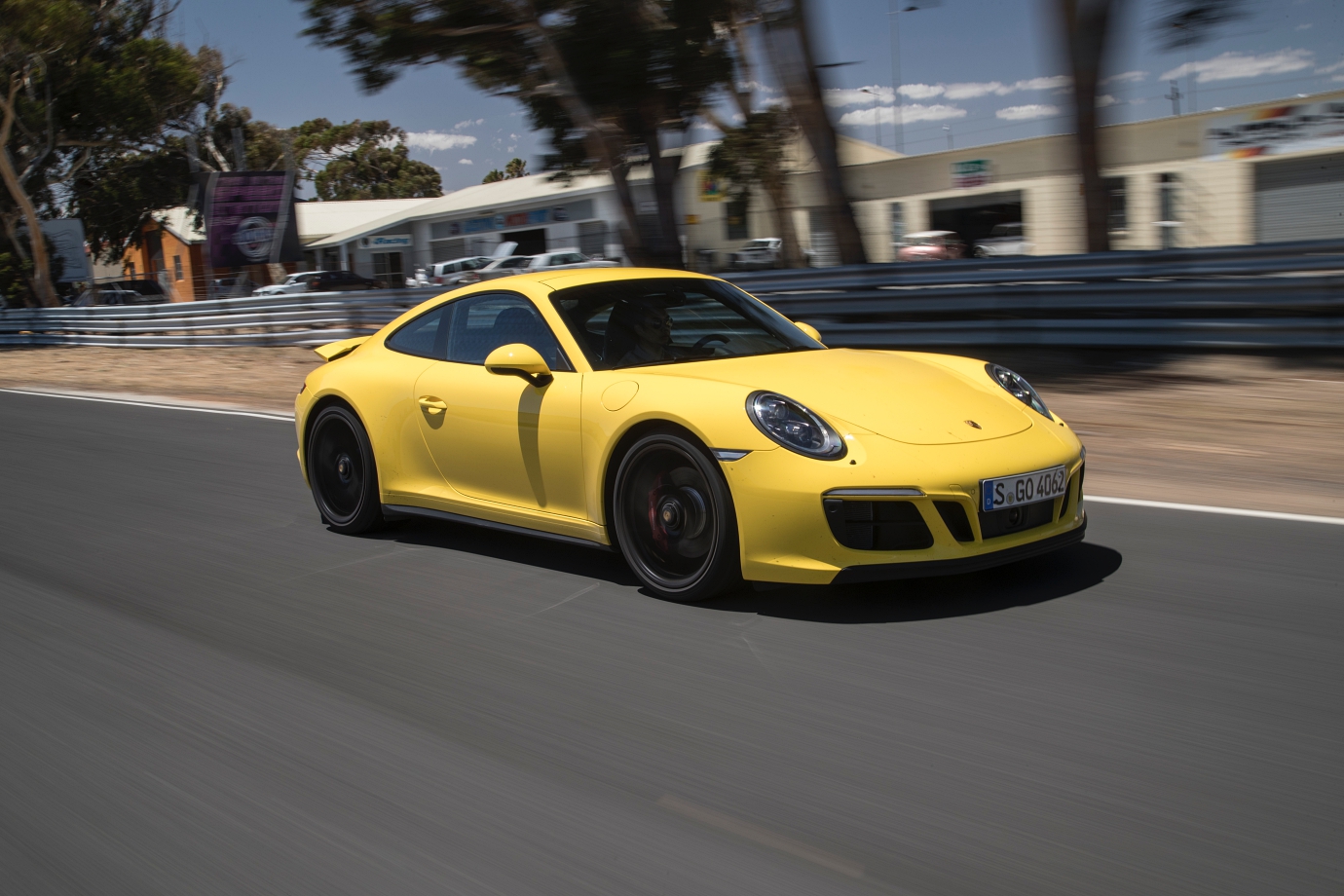
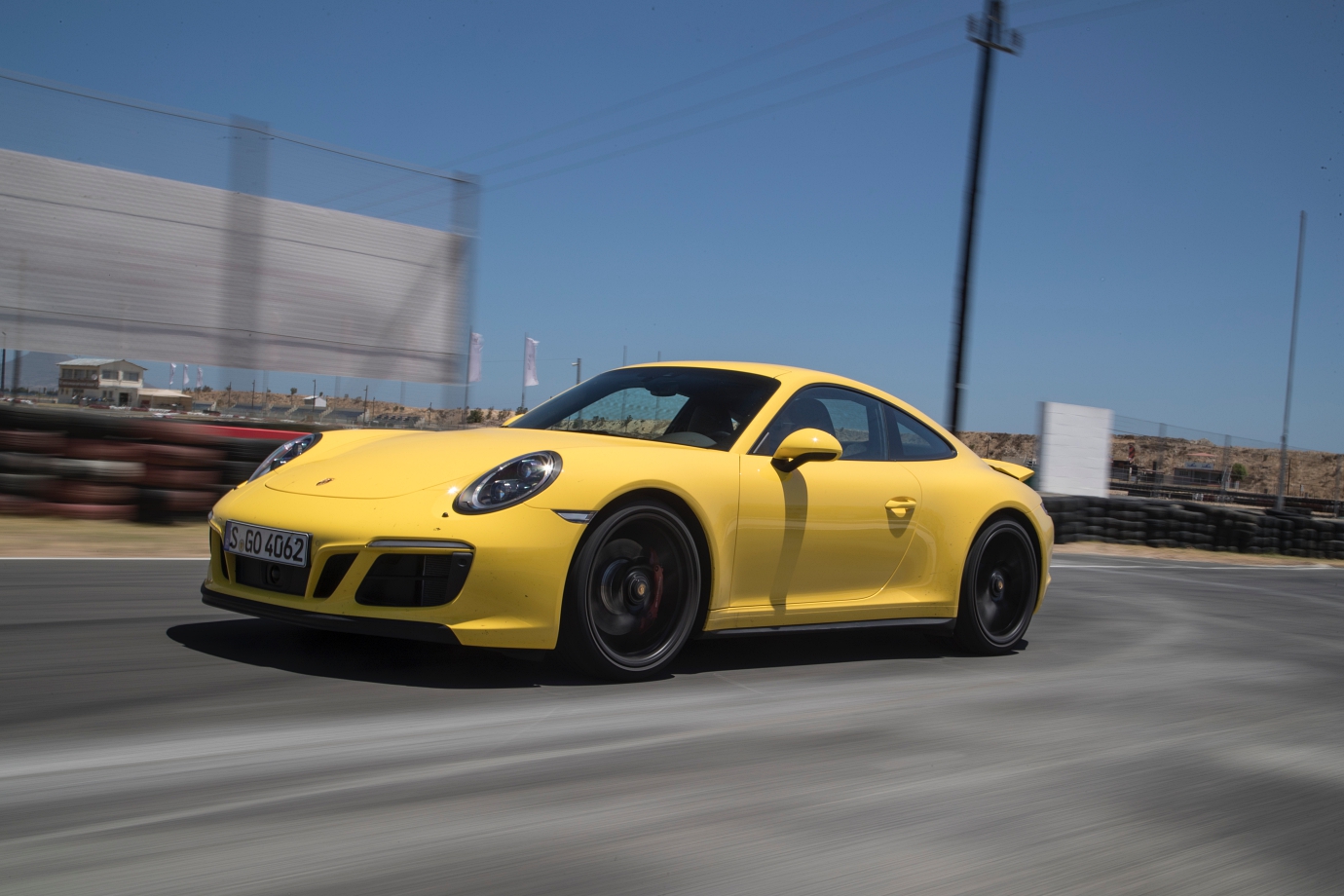
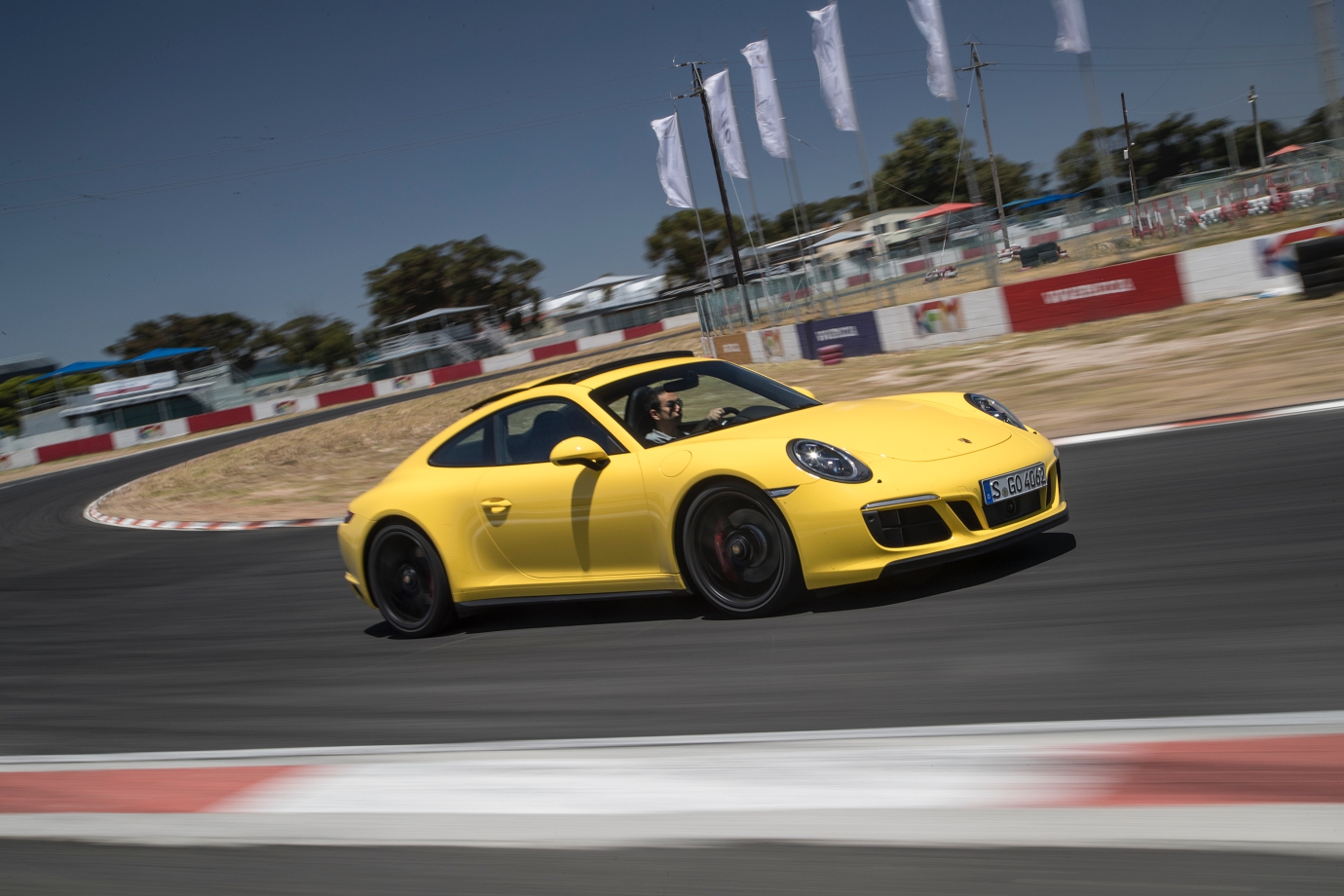
Rather, it is the elegant sum of Porsche’s tuning efforts that elevates the GTS into an even sharper performer dynamically, although that’s not to say the standard C2S is a slouch in that department. Like the C2S, the GTS can be spec’d with rear-axle steering (as were the cars we had on track), which enhances the car’s turn-in cornering agility, yet provides high speed stability.
We had the chance to sample the C2 GTS Coupe at the Killarney Raceway in Cape Town, where it was shod in newly developed Pirelli Corsa tyres. According to Porsche, these tyres are good for an additional four seconds around the ‘Ring, but we weren’t going for any record-beating runs in South Africa. Instead, we were encouraged to experience the dynamic nuances in the GTS Coupe’s performance around the track, preferably in contrast to the C2S.
The difference between good sportscars and great ones lies in how the latter feels when you’re going fast, and they are never numb and feel-free to pilot because the owners of such cars expect far more involvement than just point-squirt performance; so precisely tuned is the GTS that there’s just the right degree of inherent friskiness to the chassis that stops short of becoming waywardness, but the ride quality never feels unduly harsh for daily commutes.
The GTS responds directly to helm inputs and returns a crisp steering feel so you’ll feel every minute detail of the road surface – extra oomph aside, it’s just that little bit more engaging than the C2S (without the Powerkit), but you really need to be on the track to discern this.
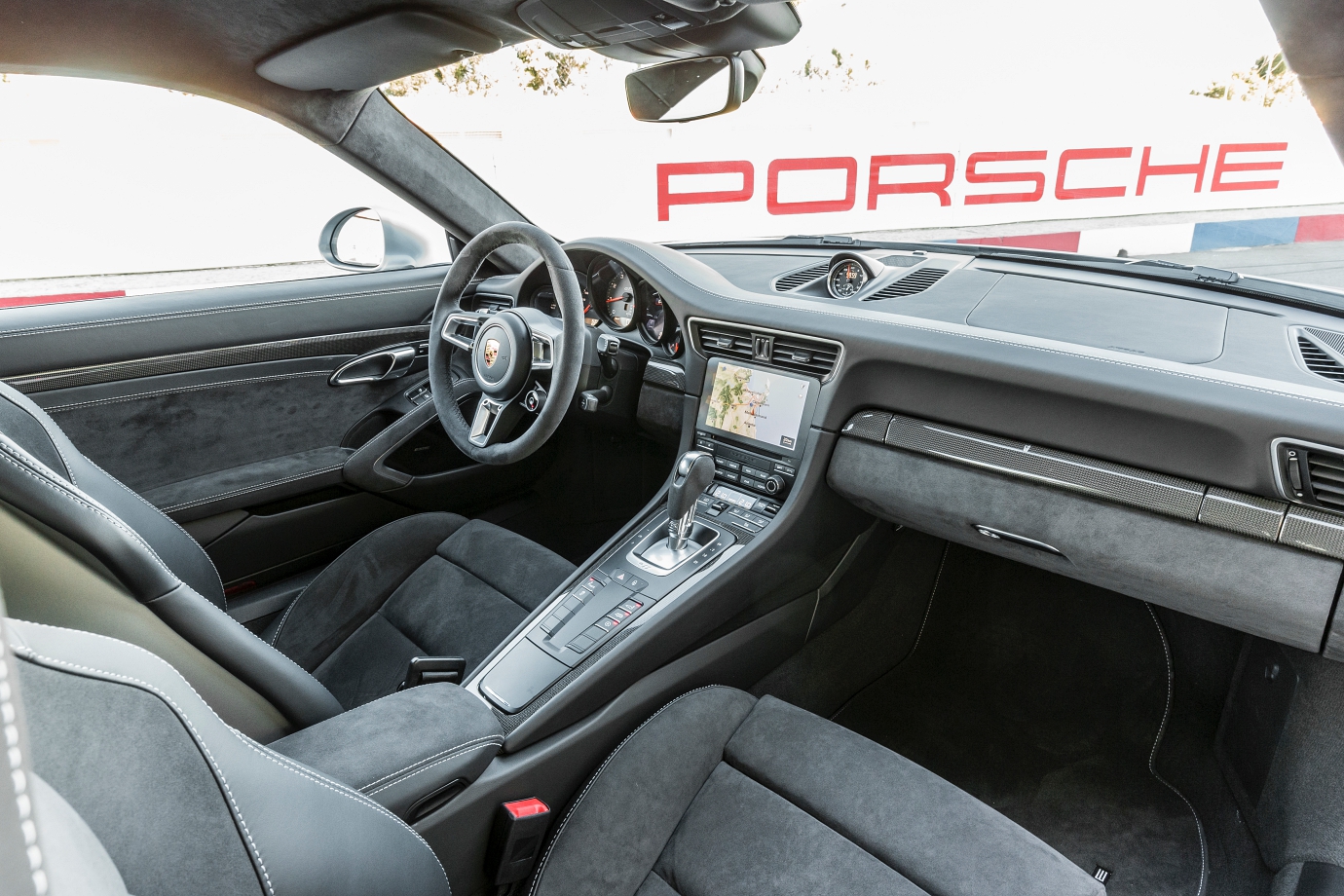
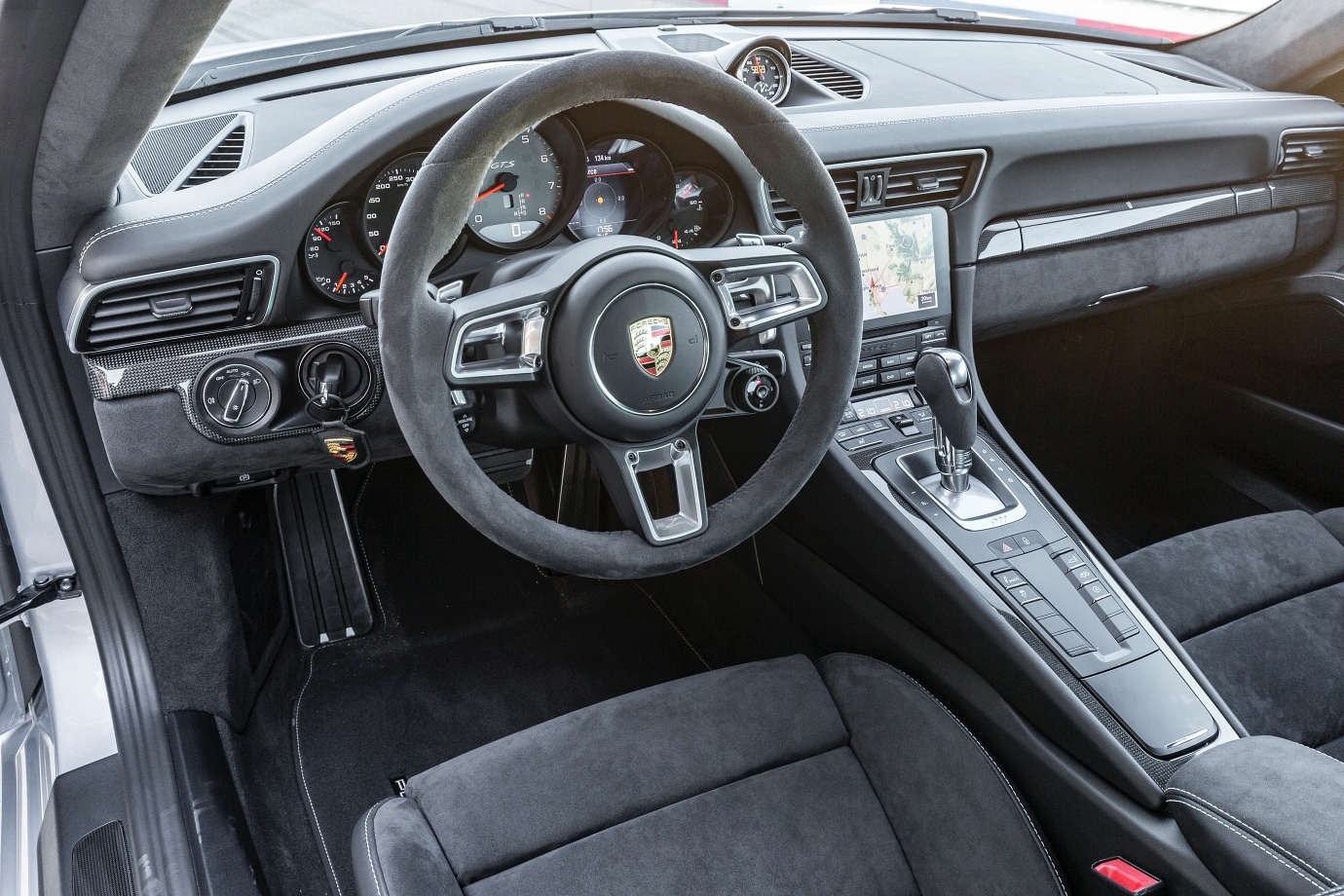
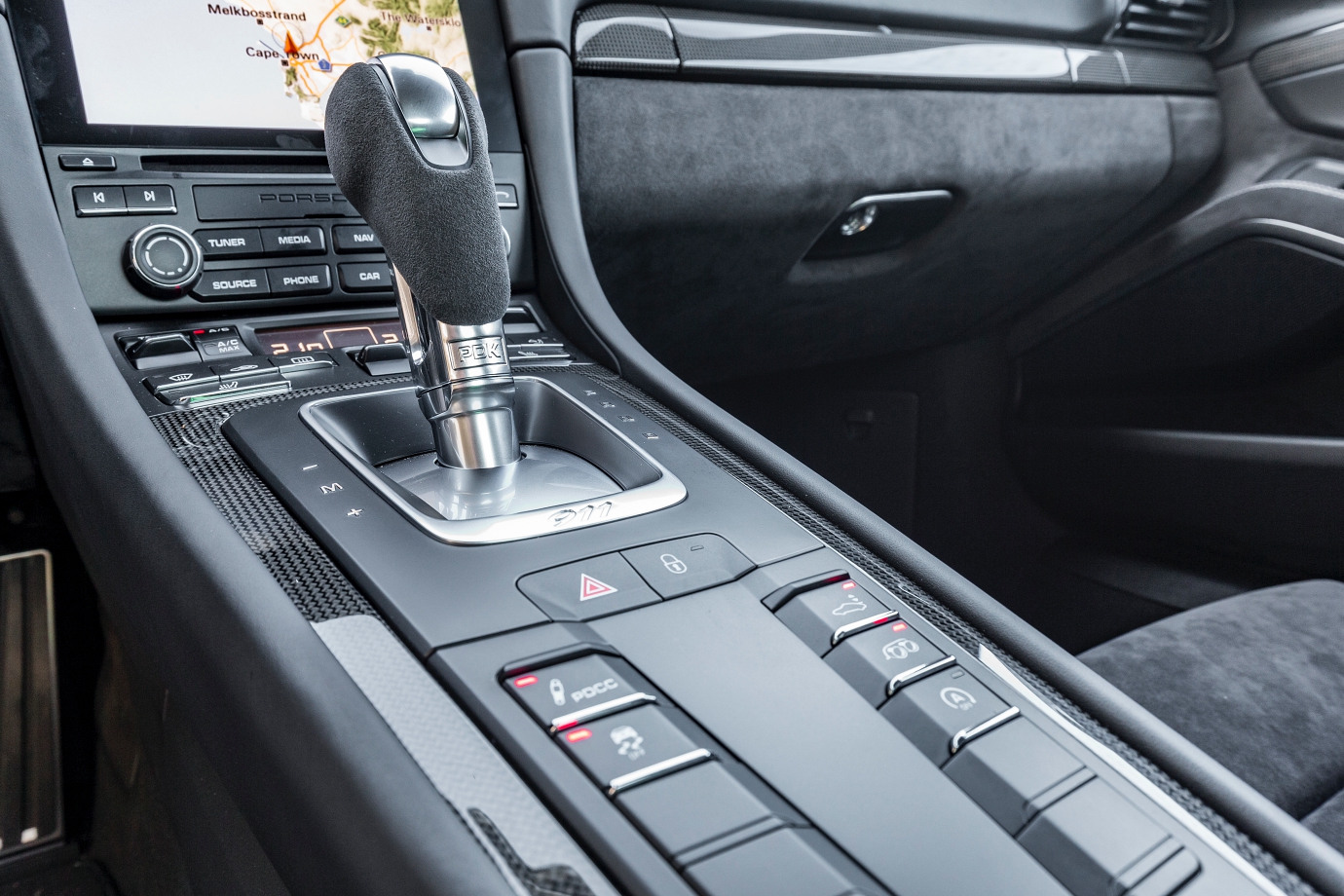
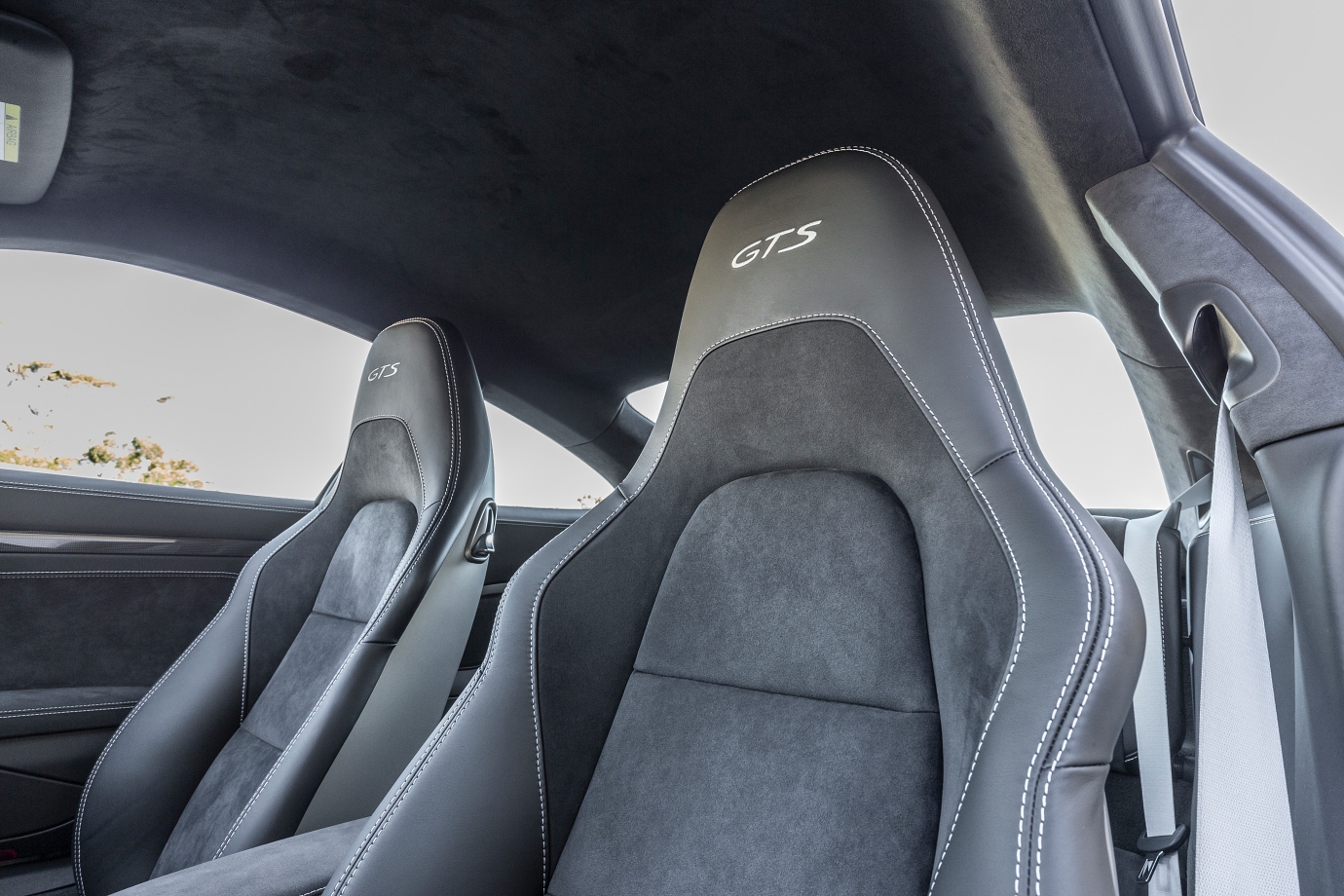
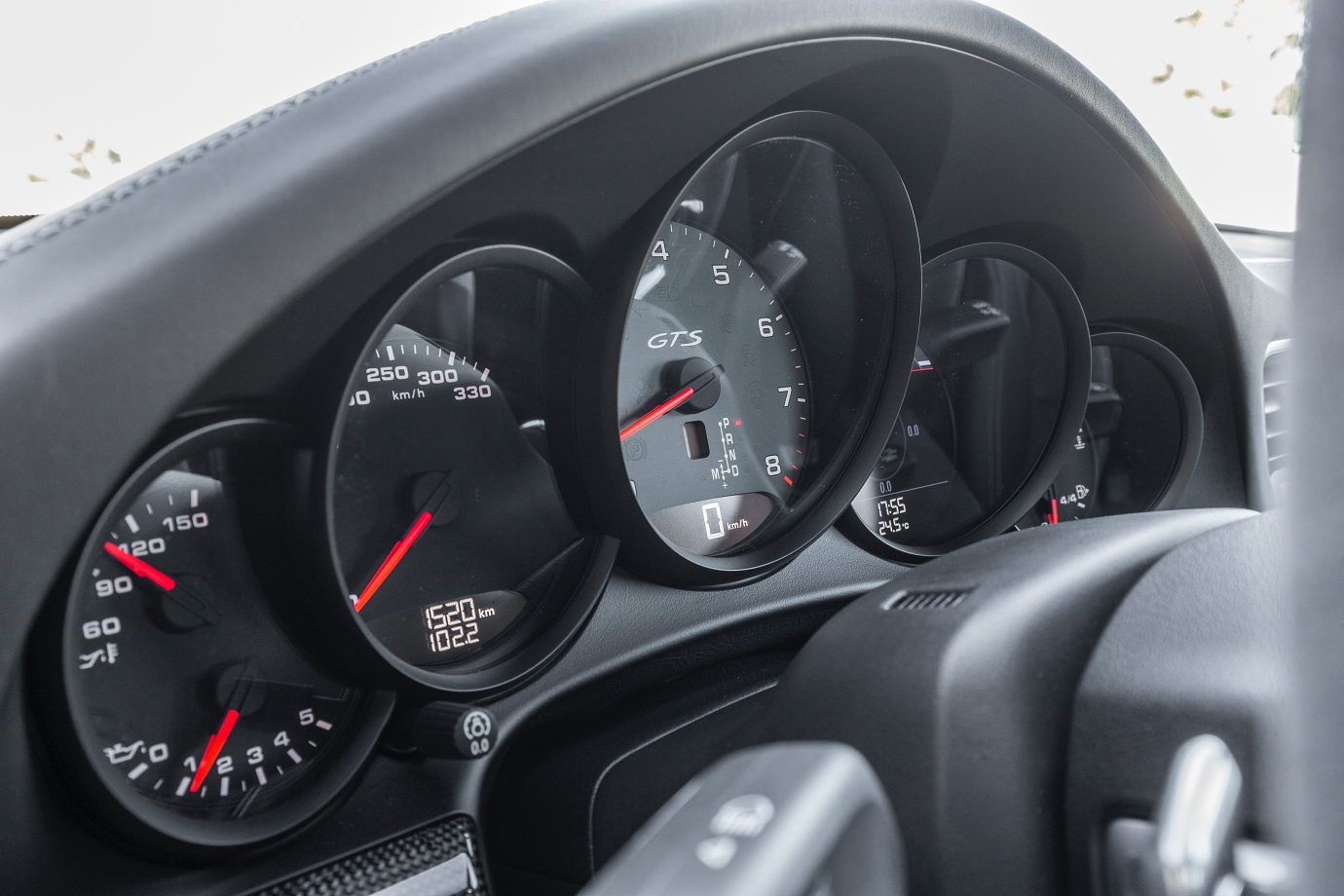
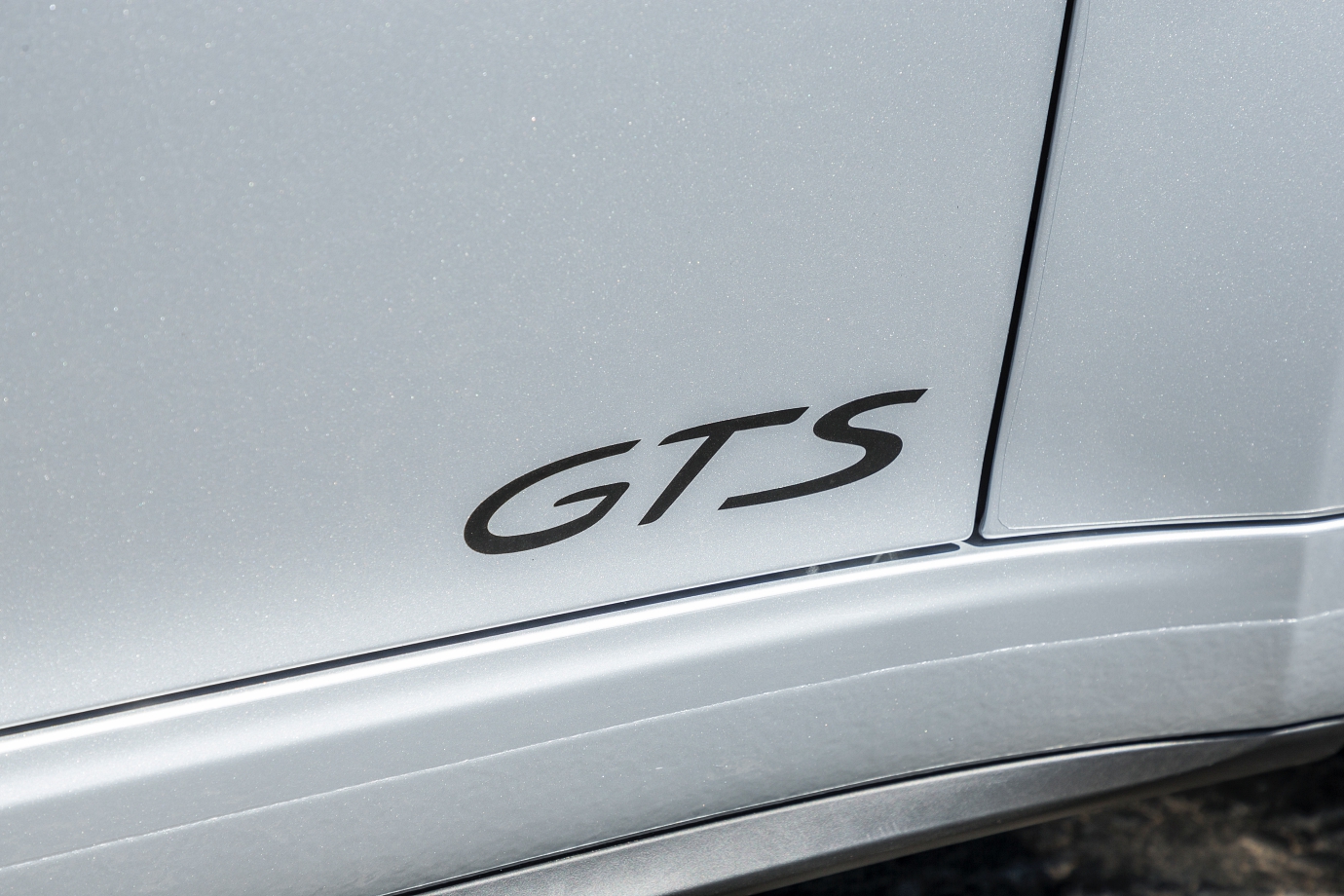
At the end of the front straight to the Killarney Raceway is a deep left hand corner that lets you experience both the immense grip of the sticky Pirellis, as well as the chassis’ playful throttle adjustability, especially since it comes at the end of a full-bore run.
With the C2 GTS fitted with the optional carbon-ceramic PCCB brakes, the braking force is heart-in-mouth powerful, and delivers fade-free performance throughout repeated hard laps of the track – as standard, the GTS already gets the 911 Turbo’s bigger brake pads and larger front brake rotors.
There’s a kink that requires a quick direction change flick, which sets you up for maximum attack of the back-straight, and this let us enjoy the immediacy of the GTS’ steering responses and wide-track stability.
Porsche’s PDK dual-clutch is one of the best in the business, and is capable of serving up shifts that span seamless to shock-awe quick depending on the driving occasion, which suits the GTS’s Jekyll-Hyde personality to a T.
We’re not part of the ‘must-be-manual’ brigade just for the sake of it, well, that is, unless we’re talking about a six-speed in a R or GT3. The C2 GTS’s combination of convenience on the streets and confidence on the track creates a compelling package for the driver who wants a versatile 2+2 sportscar (bear in mind, the more performance oriented can opt to delete the rear-seats).
It certainly has enough of a track-oriented chassis that just about errs on the side of daily-drive comfort sensibilities without going down the route of the hardcore GT models.
PHOTOS Porsche
Porsche 911 Carrera GTS (type 991.2)
Engine: 2981cc, flat6, biturbo
Power/rpm: 450hp/6500rpm
Torque/rpm: 550Nm/2150-5000rpm
Transmission: 7spd PDK dual-clutch
0-100km/h: 3.7secs (Sport Plus)
Top speed: 310km/h
Fuel consumption: 8.3l/100km
CO2: 188g/km






